Ditapis dengan
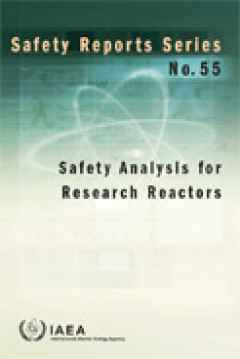
Safety Analysis for Research Reactors | Safety Reports Series No. 55
This publication provides practical guidance for performing safety analyses of research reactors. The guidance is based on present good practice worldwide. It covers all the steps required to perform safety analyses, i.e. selection of initiating events and acceptance criteria, rules and conventions, selection of computational tools, and presentation and evaluation of the analysis results. The s…
- Edisi
- -
- ISBN/ISSN
- 978-92-0-101008-7
- Deskripsi Fisik
- 81 p;1.41 MB
- Judul Seri
- -
- No. Panggil
- 621.483 IAE S
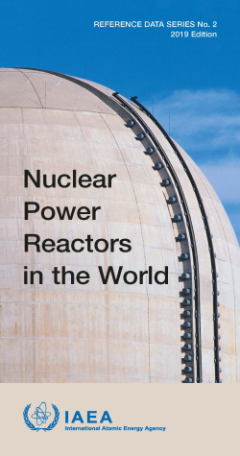
Nuclear Power Reactors in the World Edition 2019 - Reference Data Series No. 2
This is a collection of references about nuclear power reactors in the world 2019. Published by the IAEA in 2019. This document contains a lot of statistical data in the form of tables such as from construction to operation from various IAEA member countries. Final data is taken until 2018 (MM). Keyword: nuclear power reactor, IAEA, nuclear reactor
- Edisi
- -
- ISBN/ISSN
- 978-92-0-102719-1
- Deskripsi Fisik
- 80 Halaman
- Judul Seri
- -
- No. Panggil
- 621.483 IAE N
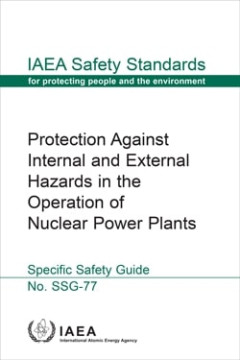
Protection Against Internal and External Hazards in the Operation of Nuclear …
This Safety Guide provides specific recommendations on protection against internal and external hazards in the operation of nuclear power plants. It provides new or updated recommendations derived from enhanced understanding of operational aspects of hazards and combinations of hazards. Operating experience gained from incidents and accidents in nuclear power plants around the world has demonst…
- Edisi
- -
- ISBN/ISSN
- 978–92–0–101522–8 (pdf)
- Deskripsi Fisik
- 83 p
- Judul Seri
- IAEA safety standards series
- No. Panggil
- 621.039.58 IAE p
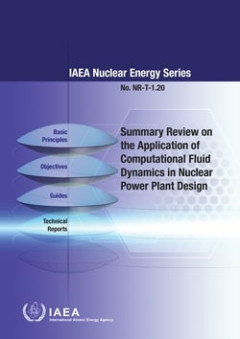
Summary Review on the Application of Computational Fluid Dynamics in Nuclear …
The IAEA’s statutory role is to “seek to accelerate and enlarge the contribution of atomic energy to peace, health and prosperity throughout the world”. Among other functions, the IAEA is authorized to “foster the exchange of scientific and technical information on peaceful uses of atomic energy”. One way this is achieved is through a range of technical publications including the IAEA…
- Edisi
- -
- ISBN/ISSN
- 978–92–0–100321–8
- Deskripsi Fisik
- 80 p
- Judul Seri
- IAEA nuclear energy series
- No. Panggil
- 621.039.5:532 IAE s
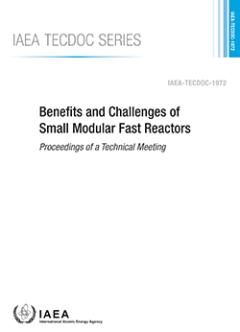
Benefits and Challenges of Small Modular Fast Reactors: IAEA TECDOC No. 1972
The IAEA ussually defines small and medium sized or modular reactors (SMRs) as reactors producing up to 300 MW(e) (small sized or small modular) and reactors producing 300-700 MW(e) (medium sized). There has been increasing interest in SMRs globally owing to their variois benefits, such as flexible power generation options, the wide range of applications, enhanced safety resulting from inherest…
- Edisi
- 2021
- ISBN/ISSN
- 978-92-0-124121-4
- Deskripsi Fisik
- 362 p
- Judul Seri
- -
- No. Panggil
- 621.483 IAE b
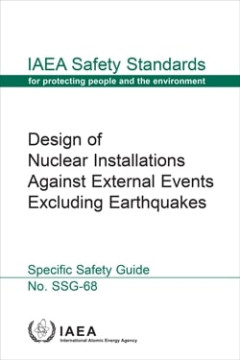
Design of Nuclear Installations Against External Events Excluding Earthquakes…
The status of the IAEA safety standards derives from the IAEA’s Statute, which authorizes the IAEA to establish or adopt, in consultation and, where appropriate, in collaboration with the competent organs of the United Nations and with the specialized agencies concerned, standards of safety for protection of health and minimization of danger to life and property, and to provide for their appl…
- Edisi
- IAEA Safety Standards Series.
- ISBN/ISSN
- 978-92-0-136121-9
- Deskripsi Fisik
- 112 p
- Judul Seri
- IAEA Safety Standards Series.
- No. Panggil
- 621.039.58 IAE d
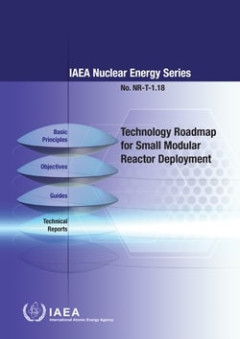
Technology Roadmap for Small Modular Reactor Deployment: IAEA Nuclear Energy …
Given the increasing interest of Member States in the near term deployment of SMRs, this publication presents several model technology roadmaps that States can adapt for their specific projects. For nuclear newcomer countries, these roadmaps assume that a Member State has already developed, or is at least well along the way to developing, the infrastructure necessary to carry out a nuclear powe…
- Edisi
- 2021
- ISBN/ISSN
- 978-92-0-110121-1
- Deskripsi Fisik
- 124 p
- Judul Seri
- -
- No. Panggil
- 621.039.5 IAE t
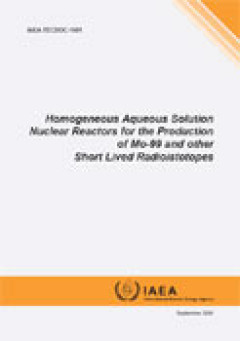
IAEA - TECDOC Series No. 1601 : Homogeneous Aqueous Solution Nuclear Reactors…
This publication presents a summary of discussions from a consultants meeting on the merits and challenges associated with the operation of aqueous homogeneous reactors (AHRs) for the production of the isotope technetium-99m (99mTc) and includes the technical presentations given by the participants during the meeting. Currently, 80% of all radiopharmaceutical procedures employ 99mTc, a product …
- Edisi
- -
- ISBN/ISSN
- 978–92–0–109708–8 / 1011–4289
- Deskripsi Fisik
- 93 p
- Judul Seri
- -
- No. Panggil
- -
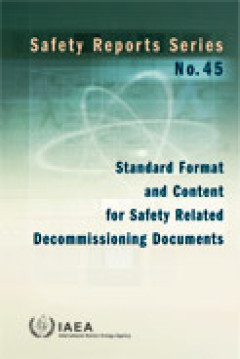
Standards Format and Content for Safety Related Decommisioning Document
This report provides information on the content and format for decommissioning plans and supporting safety related documents. Its scope includes information that is relevant to all types of nuclear facilities, ranging from nuclear power plants and reprocessing facilities to university laboratories and manufacturing plants. The report will be of interest to decommissioning planning engineers, pr…
- Edisi
- -
- ISBN/ISSN
- -
- Deskripsi Fisik
- 64 p. : Illus. ; 24 cm
- Judul Seri
- Safety Reports Series No. 45
- No. Panggil
- -
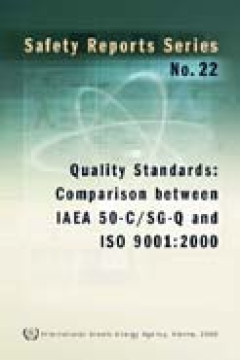
COMPARISON BETWEEN IAEA 50-C/SG-Q AND ISO 9001-2000, QUALITY STANDARDS (e-book)
This Safety Report compares the requirements of IAEA Safety Series No. 50-C/SG-Q, Quality Assurance for Safety in Nuclear Power Plants and other Nuclear Installations (1996), with the ISO 9001:2000 standard issued by the International Organization for Standardization. It identifies the main differences between the ISO quality standards and the additional requirements and guidance contained with…
- Edisi
- -
- ISBN/ISSN
- 9201111029 / 10206450; no. 22
- Deskripsi Fisik
- 57 p. : Illus. ; 29 cm
- Judul Seri
- Safety Reports Series No. 22
- No. Panggil
- -
 Karya Umum
Karya Umum  Filsafat
Filsafat  Agama
Agama  Ilmu-ilmu Sosial
Ilmu-ilmu Sosial  Bahasa
Bahasa  Ilmu-ilmu Murni
Ilmu-ilmu Murni  Ilmu-ilmu Terapan
Ilmu-ilmu Terapan  Kesenian, Hiburan, dan Olahraga
Kesenian, Hiburan, dan Olahraga  Kesusastraan
Kesusastraan  Geografi dan Sejarah
Geografi dan Sejarah